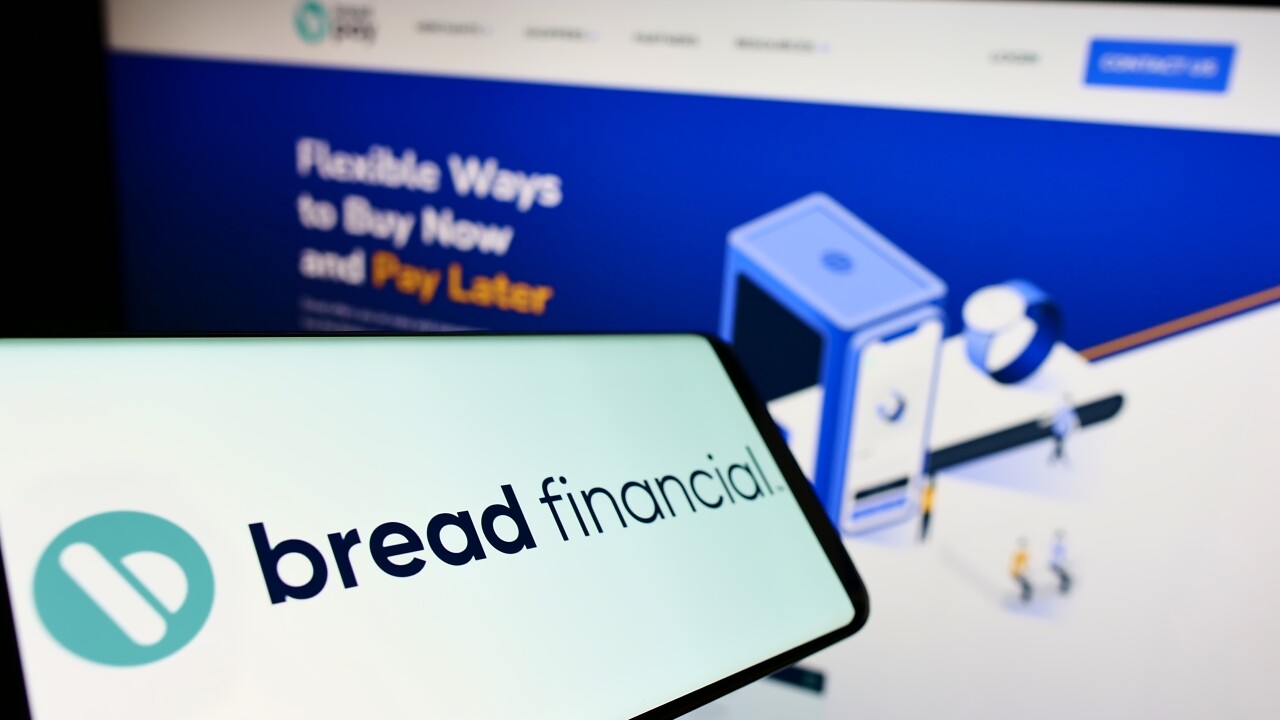-
Institutions become comfortable with the nominal profit increases from higher risk and ignore the warning signs. It is hard to recognize a problem when you are paid not to see it.
April 28 -
The regulatory focus must shift from prohibiting undesirable risk behavior to changing the incentives that cause that behavior.
May 29 -
Post-crisis structural changes will trigger a wave of community bank M&A, creating new regional bank powerhouses. Investors will pressure management to acquire, sell or return capital through dividends or repurchases. There will be no runners-up in the coming consolidation.
March 19 -
A recent survey shows that two-third of mutual savings banks have considered mergers and that 40% give it even odds that they will participate in consolidation in the next five years.
March 25
As yield-hungry investors increase their appetite for risk, the non-investment-grade loan market is making a comeback. This is particularly true for covenant-lite loans: leveraged loans that place minimal financial restrictions on the activities of the debtor. Covenant-lite loans have made up more than 50% of new issuances in the leveraged loan market year-to-date, according to data from S&P Capital IQ. The Office of the Comptroller of Currency
These loans are supposedly priced at a premium to reflect their higher risk. Whether that is true remains to be seen. In the meantime, investors should beware of being seduced by higher nominal short-term returns.
Typical financial covenants require a debtor to maintain earnings above a certain multiple of interest expenses and impose restrictions on capital expenditures to protect against default risk. Additional minimum equity and leverage requirements, expressed as a ratio of debt to equity, are also frequently included to provide creditors with a cushion that would limit their loss should the debtor default. These restrictions are particularly useful for non-investment-grade borrowers, given their higher risk profiles.
The restrictions allow creditors to preserve the original credit quality of the transaction. Otherwise debtors could, for example, issue new debt to pay a special dividend before repaying the original creditors. Additionally, should the debtor's performance decline while there is still sufficient remaining collateral value to cover the loan, creditors can force a loan restructuring. Thus covenants serve surveillance and control functions in loan agreements and thereby enhance recovery values.
Covenant-lite loans, on the other hand, typically have only one or two financial restrictions, compared to four or more in a full covenant package. Proponents of covenant-lite loans contend that financial covenants provide creditors with only limited protection, given that during the recent downturn, recovery rates for covenant-lite loans made during the pre-crisis era were similar to recovery rates for loans with more covenants. (Covenant-lite loans had a 70% recovery rate, compared to a 65% recovery rate for covenant-heavy loans, according to S&P Capital IQ data for this limited sample period.) People in this camp argue that successful recoveries depend more on the debtor's initial junior capital support, equity and subordinated debt than on covenants, which protect against future erosion of the support.
But there is no way to know whether future covenant-lite recoveries will be as favorable in the next downturn. Naïve extrapolation of prior performance is unwise,especially given that market conditions, debtor behavior, underwriting standards and Federal Reserve support (i.e. quantitative easing) can change quickly, leading to different recovery experiences. When investors evaluate loans, they should examine covenants along with yield, market conditions and the entire package-issuer quality, including cash flow and junior capital cushions.
The current low-rate, low-yield market cycle has shifted the risk-reward dynamics in favor of the issuer. In fact, covenant-lite issuance can be seen as a late-market cycle indicator, along with related increases in the volume of second-lien loans and payment-in-kind securities. Risk is being priced for the perfect calm in the current low-default-rate environment. These conditions can and will change. After all, we experienced two major financial crises with stock market declines of 40% or more during just the first 13 years of this century. While covenants cannot make a bad loan good, they can keep a good loan from going badso caveat investor.
J.V. Rizzi is a banking industry consultant and investor. He is also an instructor at DePaul University Chicago.





